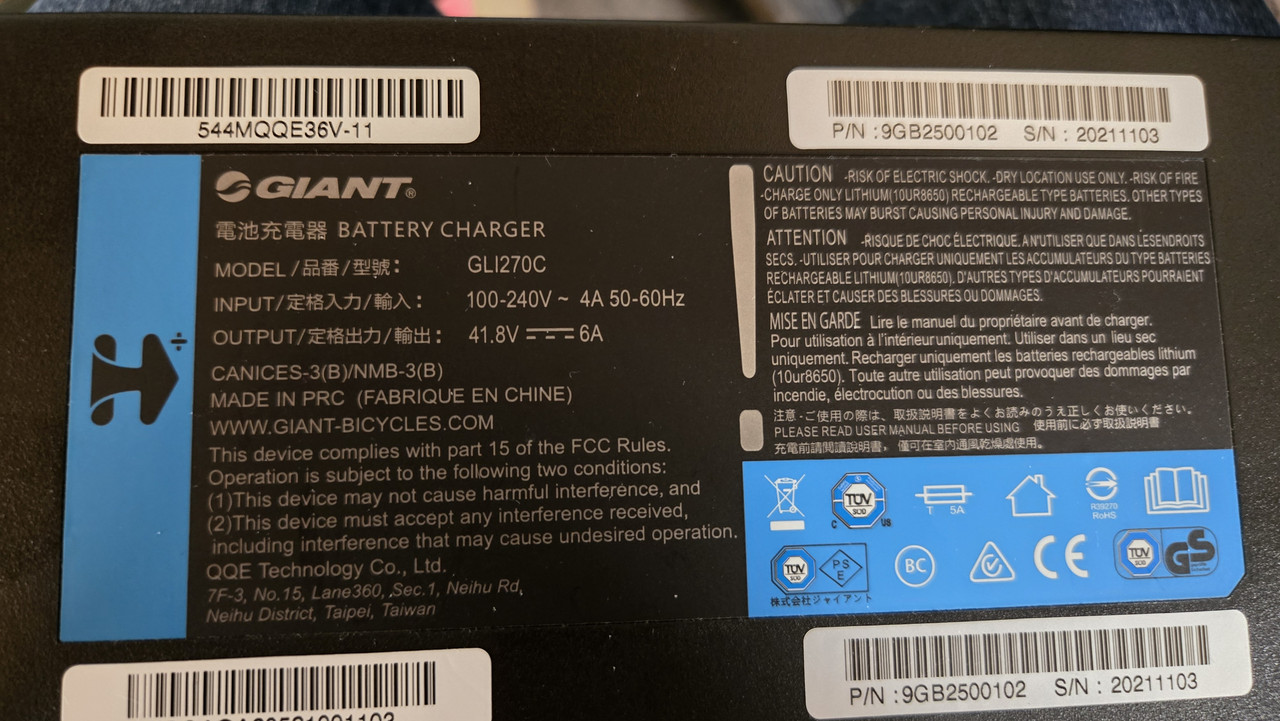Mr. Coffee
Well-Known Member
- Region
- USA
- City
- A Demented Corner of the North Cascades
I've not had any problems. Some locations and some hotels don't permit any bikes in the rooms though.
If you have good quality batteries and treat them well you shouldn't have any safety issues. On the other hand if you have a bad wreck or drop your battery onto a concrete floor you need to have some qualified person inspect the battery to make sure it is still safe.
If you have good quality batteries and treat them well you shouldn't have any safety issues. On the other hand if you have a bad wreck or drop your battery onto a concrete floor you need to have some qualified person inspect the battery to make sure it is still safe.
